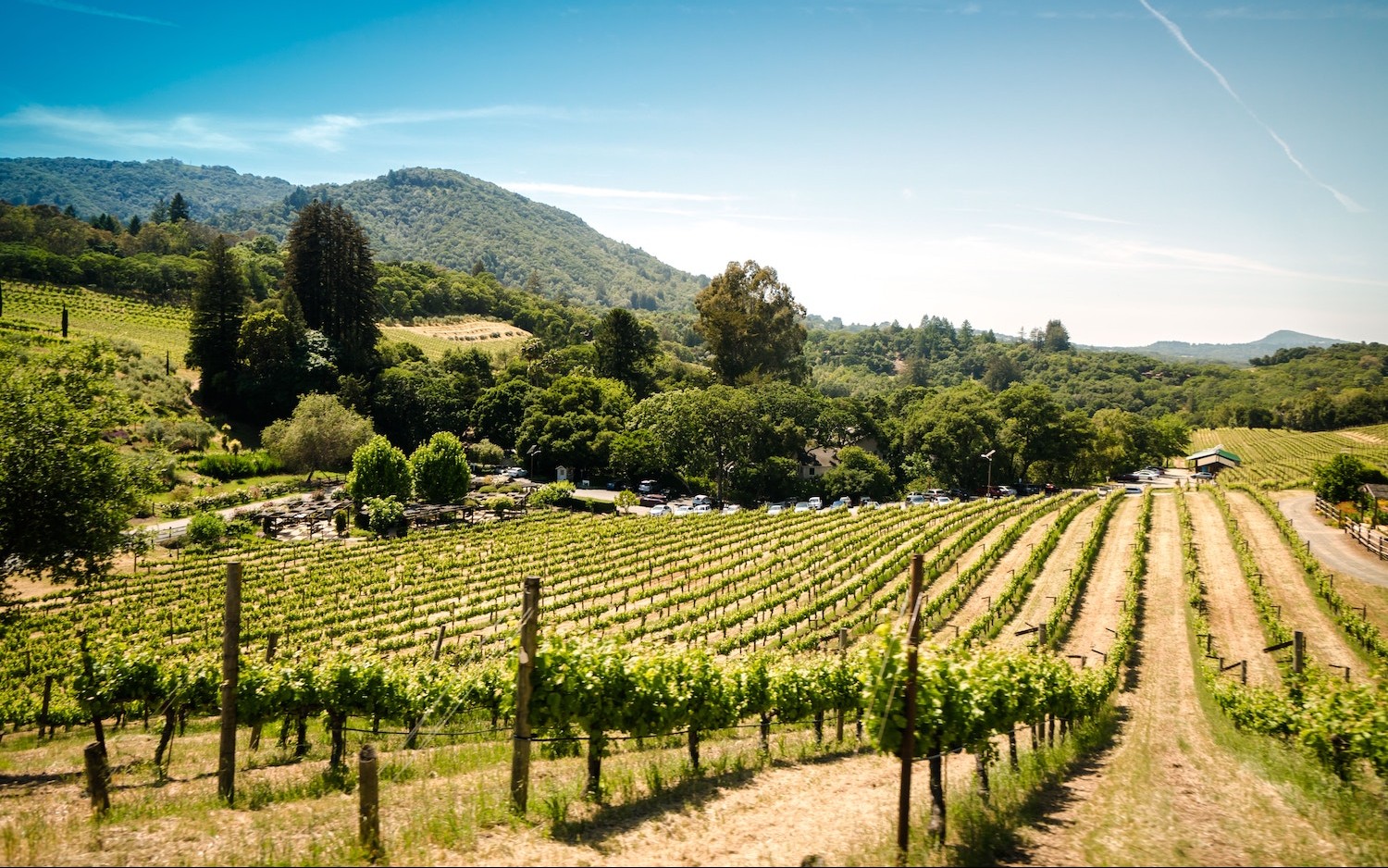
NASA has put its cutting edge aerial imaging technology to use to help support crop growth by detecting early signs of a crop-ruining plant virus that affects grapevines. The impact could prove vital for many wineries and grape growers who can catch the virus in its early stages and avoid wide-spread devastation to their crops - and their businesses.
The longer term benefits to the use of this aerial imaging technology could be seen across the agricultural industry as a whole.
In the case of the identification of the grapevine leafroll virus, one which figures suggest causes upwards of $3b of damage and incurred loses annually, NASA captured intricate infrared images using an airplane over California's Central Valley. From these images, researchers were able to identify specific Cabernet Sauvignon grape vines that showed signs of infection but were not yet showing symptoms, allowing the vineyard teams to act before it's too late.
Mounted to the base of a research plane, AVIRIS-NG (Airborne Visible/InfraRed Imaging Spectrometer), the camera observed roughly 11,000 acres of vineyards in Lodi, California, a region that's a major producer of the state's premium wine grapes.
The observations were then fed into computer models that had been developed and trained to distinguish infection. To help check the results, industry collaborators scouted more than 300 acres of the vineyards from the ground for visible viral symptoms while collecting vine samples for molecular testing.
We recently covered Soil Health in a plantwatching report on the tfp trendhub, one that covered the use of technology and, more specifically, the data-driven approach to managing soil quality. This includes field sensors, satellites, edge computing and AI monitoring to pinpoint issues with soil health so that growers can tweak their approach or react to change.
Trendhub subscribers can read the report in full here. If you're not yet subscribed but would like to receive our regular reporting then get in touch using the form below.